Best Anemone Companion Plants For A Stunning Fall Garden
Title: Best Anemone Companion Plants for a Stunning Fall Garden
Introduction:
Anemones are some of the most beautiful flowers of the fall season. With their delicate petals and graceful blooms, they can add a touch of elegance to any garden. But anemones can also be a bit fussy, so it's important to choose the right companion plants to help them thrive.
In this blog post, we'll take a look at some of the best anemone companion plants. We'll discuss their different growth habits, light requirements, and soil preferences. We'll also give you some tips on how to plant and care for these beautiful flowers.
Main Content:
Anemone Companion Plants
There are many different anemone species, so it's important to choose companion plants that will complement the specific type of anemone you're growing. Here are a few of the best anemone companion plants:
- Asters: Asters are a great choice for anemone companion plants because they bloom at the same time. They come in a variety of colors, so you can choose ones that will complement the colors of your anemones. Asters also attract butterflies, so they're a great way to add some wildlife to your garden.
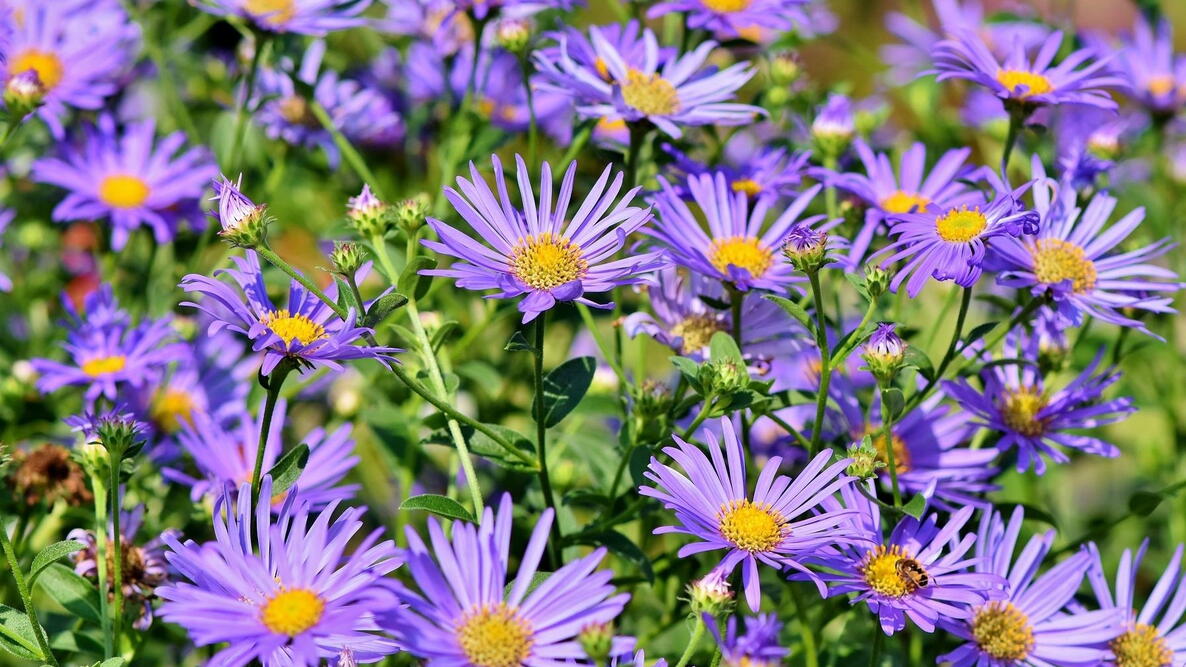
- Coneflowers: Coneflowers are another great choice for anemone companion plants. They come in a variety of colors, including purple, pink, and yellow. Coneflowers also attract butterflies and other pollinators.
- Goldenrod: Goldenrod is a tall, upright plant that blooms in late summer and fall. It's a great choice for anemone companion plants because it provides a backdrop for the delicate blooms of the anemones. Goldenrod also attracts butterflies and other pollinators.
- Sedum: Sedums are a group of succulent plants that come in a variety of colors. They're a great choice for anemone companion plants because they're drought-tolerant and can help to anchor the anemones in the soil. Sedums also bloom in late summer and fall, so they'll provide a colorful display throughout the season.

- Toad lilies: Toad lilies are a unique and interesting plant that blooms in late summer and fall. They have large, trumpet-shaped flowers that come in a variety of colors, including white, pink, and purple. Toad lilies are a great choice for anemone companion plants because they provide a dramatic contrast to the delicate blooms of the anemones.
Planting and Care
When planting anemones, it's important to choose a location that gets full sun to partial shade. Anemones prefer well-drained soil, so it's important to amend the soil with compost or other organic matter before planting. Anemones are relatively easy to care for, but they do require regular watering. Be sure to water deeply and infrequently, as overwatering can lead to root rot.
Conclusion:
Anemones are a beautiful and versatile flower that can add a touch of elegance to any garden. By choosing the right companion plants, you can help your anemones thrive and create a stunning fall garden.
Anemones are beautiful flowers that can add a touch of elegance to any garden. But what plants should you pair them with?
There are a few things to consider when choosing companion plants for anemones. First, you want to make sure that the plants have similar growing requirements. Anemones prefer full sun or partial shade and well-drained soil.
Second, you want to choose plants that will complement the anemones' flowers. Some good options include:
- Brunnera macrophylla (Siberian bugloss): This plant has blue or white flowers that bloom in spring and early summer. It has attractive blue-green foliage that provides year-round interest.
- Dicentra spectabilis (bleeding heart): This plant has pink or white heart-shaped flowers that bloom in spring. It is a low-growing plant that is perfect for the front of a border.
- Hosta: Hostas come in a variety of colors and leaf shapes. They are shade-tolerant plants that provide a lush backdrop for the anemones' flowers.
Once you have chosen your companion plants, it is time to plant them. Anemones should be planted in the fall or early spring. Space the plants about 12 inches apart.
For more information about anemone companion plants, [visit Garden Wiki].
FAQ of anemone companion plants
What are some good companion plants for anemones?
There are many good companion plants for anemones, depending on the species of anemone and the desired effect. Some popular options include:
- For spring-blooming anemones: daffodils, tulips, primroses, dicentra, hellebores, and ferns.
- For fall-blooming anemones: asters, coneflowers, sedums, toad lilies, Joe-Pye weed, goldenrod, and black-eyed Susans.
- For shady areas: hostas, ferns, and ornamental grasses.
When choosing companion plants, it is important to consider the following factors:
- Sun exposure: Anemones can tolerate a range of sun exposure, but some species prefer more shade. Be sure to choose companion plants that have similar sun requirements.
- Water needs: Anemones have moderate water needs. Choose companion plants that have similar water needs so that you do not overwater or underwater your plants.
- Bloom time: If you want your anemones to bloom for a long period of time, choose companion plants that bloom at different times of the year. This will help to extend the season of interest in your garden.
How do I plant anemone companion plants?
When planting anemone companion plants, it is important to follow the instructions on the plant tag. However, here are some general tips:
- Plant companion plants at the same depth as they were growing in their containers.
- Space companion plants about 12-18 inches apart.
- Water companion plants deeply after planting.
How do I care for anemone companion plants?
The care requirements for anemone companion plants will vary depending on the species. However, most companion plants will need regular watering, fertilizing, and deadheading.
In addition, some companion plants may need to be divided every few years to keep them healthy and vigorous.
Image of anemone companion plants
- Allium. These fragrant bulbs add height and structure to anemone borders.
- Corydalis. This delicate wildflower blooms in shades of blue, purple, and white.
- Dicentra. Also known as bleeding heart, this plant has heart-shaped flowers that bloom in shades of pink, white, and red.
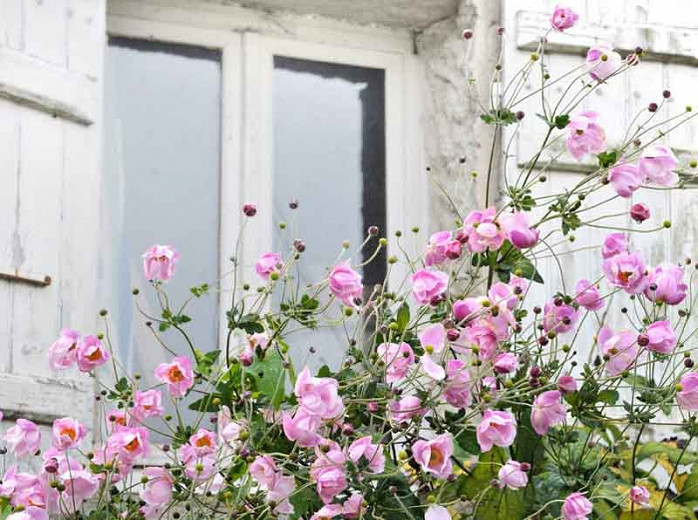
- Hosta. These shade-loving plants add contrast to anemones with their large, colorful leaves.
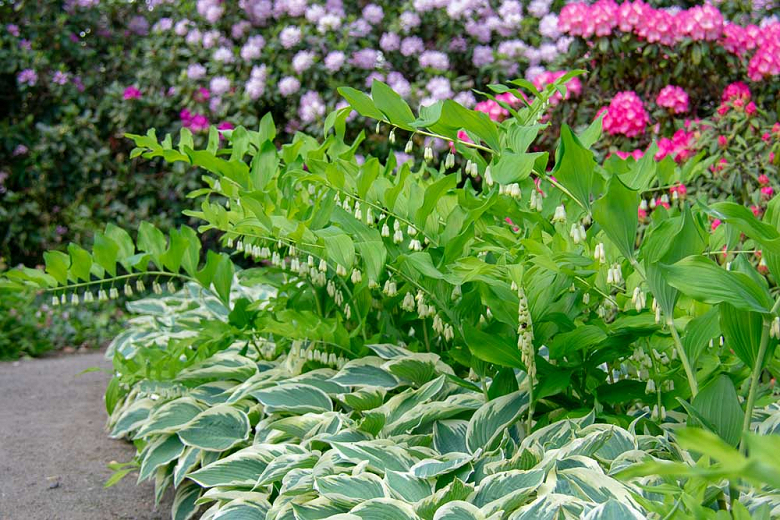
- Lilium. These stately lilies add height and drama to anemone borders.
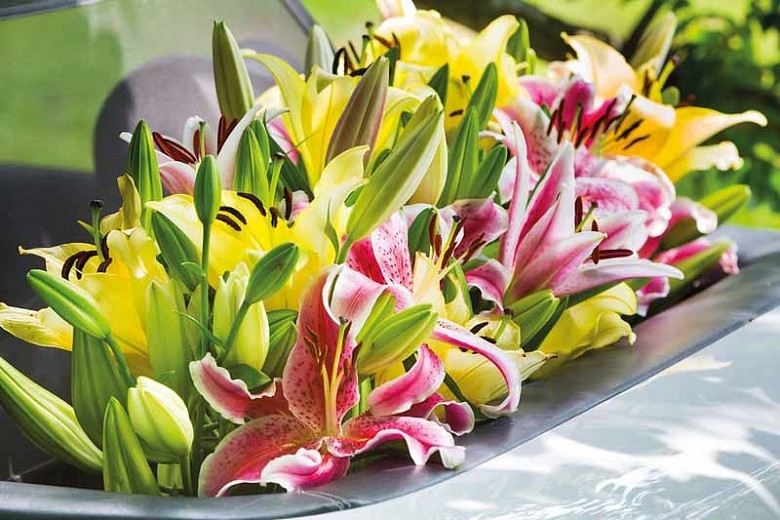
- Nepeta. Also known as catmint, this plant has fragrant blue or purple flowers that attract butterflies.
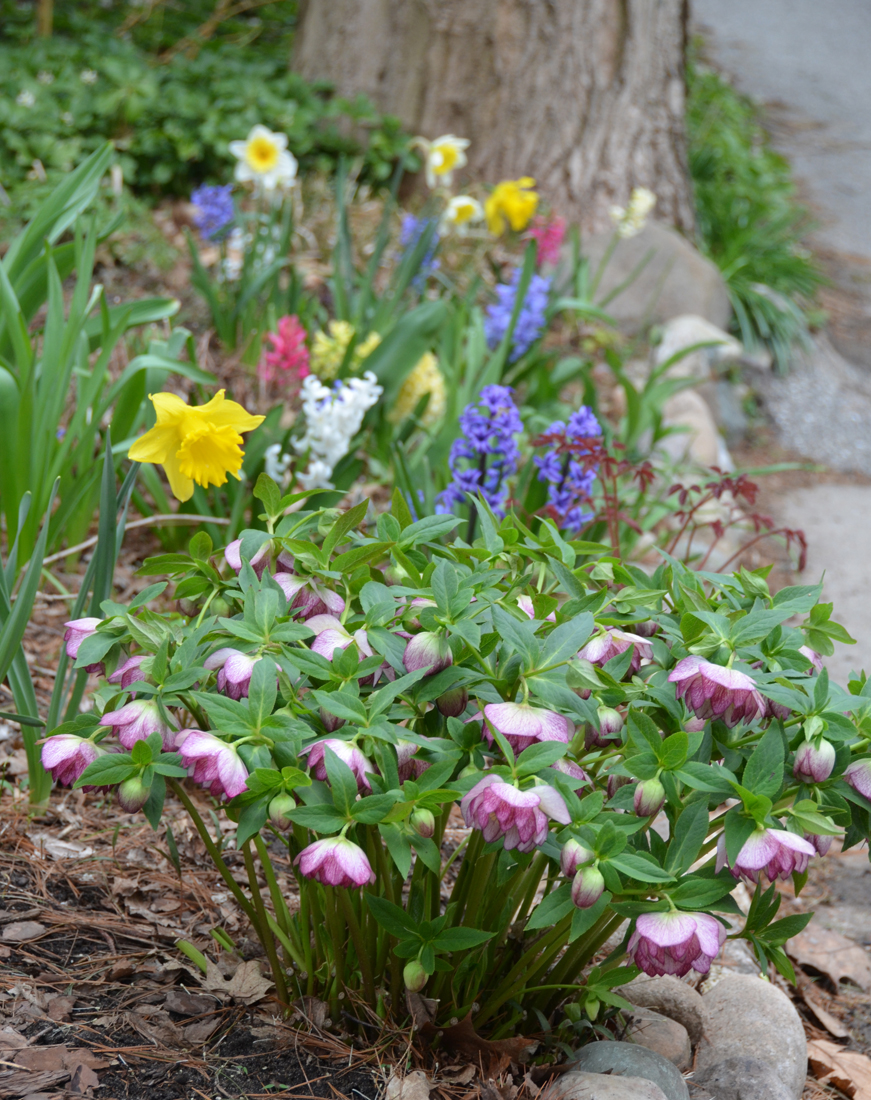
- Paeonia. These peonies bloom in a wide range of colors, from white to pink to red.
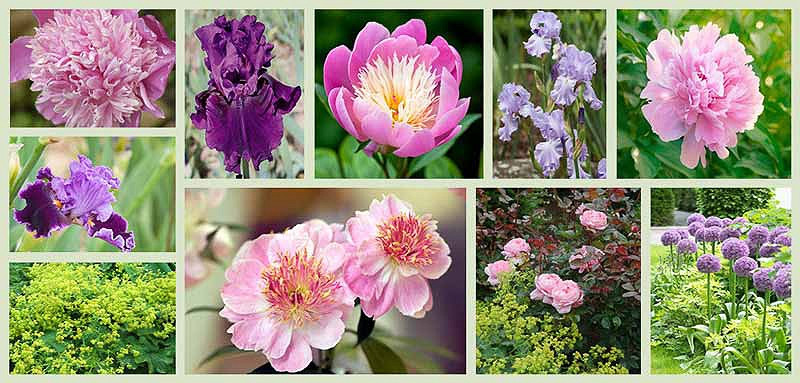
- Phlox. These colorful flowers bloom in spring and summer.

- Verbena. These trailing plants add a touch of lightness to anemone borders.

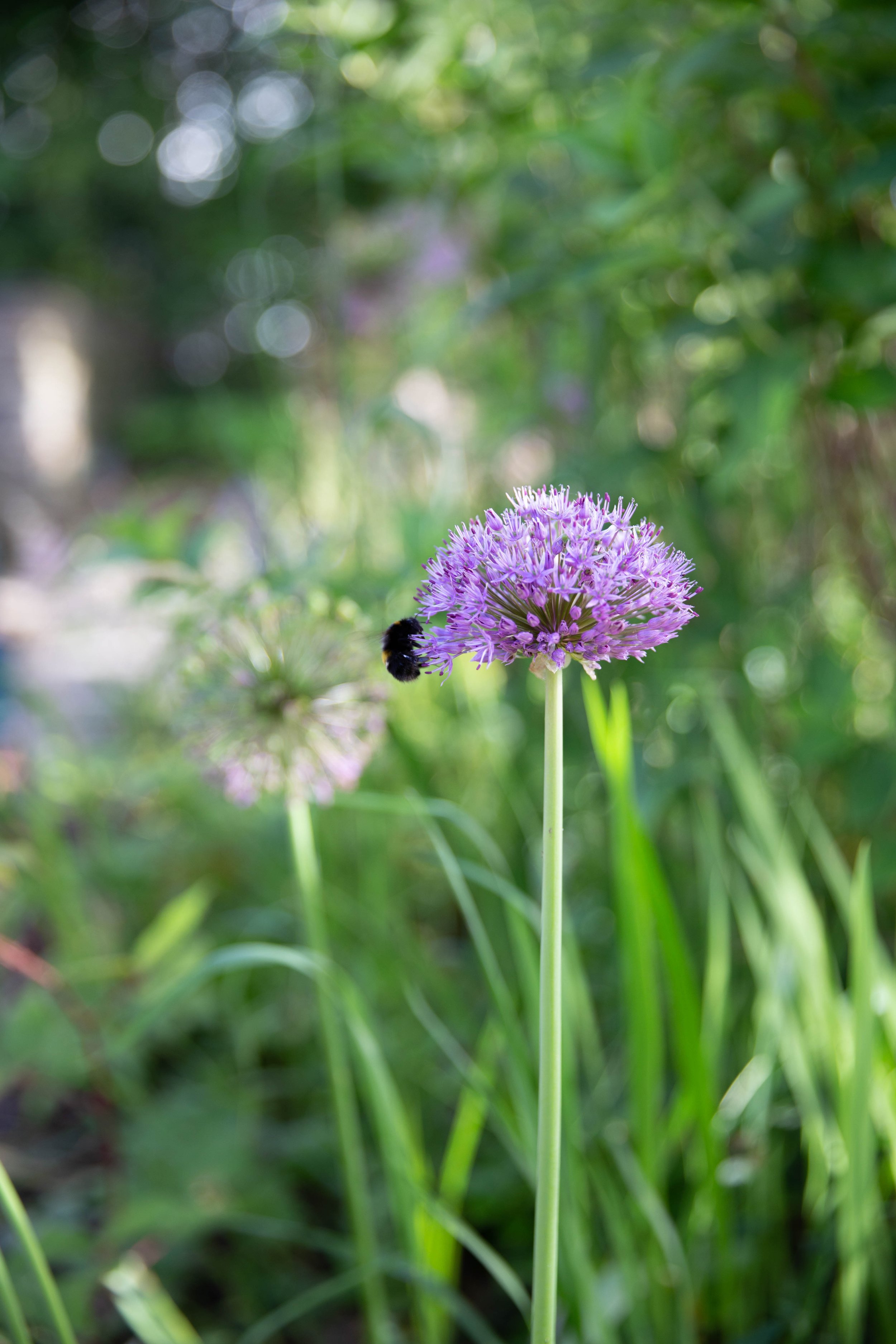
Post a Comment for " Best Anemone Companion Plants For A Stunning Fall Garden"